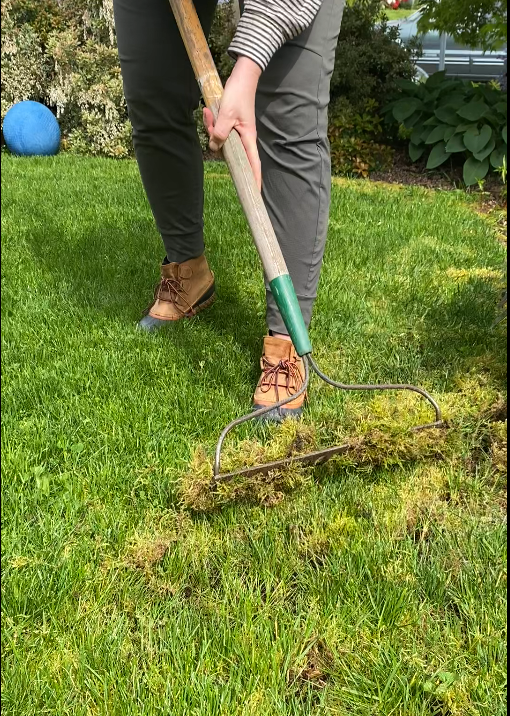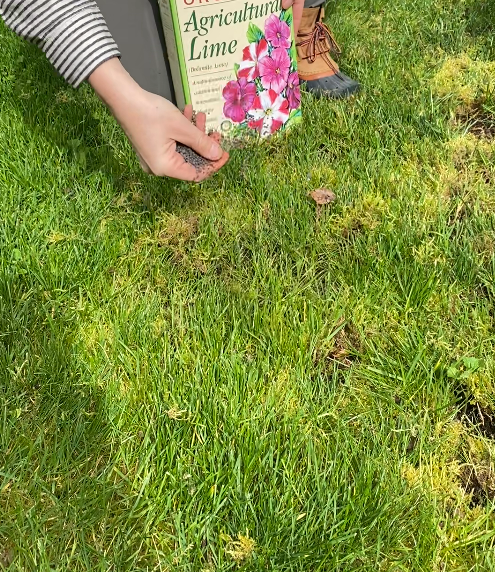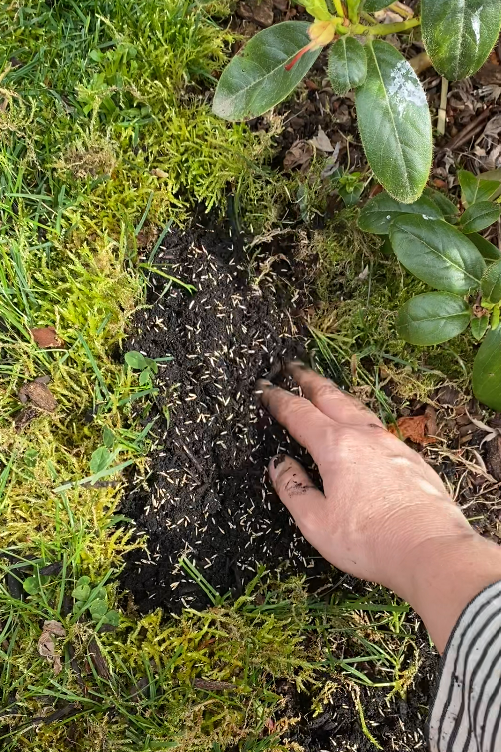
With a rainy May underway, you may notice your lawn’s beautiful blades of grass morphing into spongy moss patches in places. Although moss isn’t harmful, it doesn’t create the lushest or neatest of lawns.
Seeing moss in your lawn and want it gone? You’re not alone. Each year, moss pops up in lawns around the Pacific Northwest, perplexing many at-home gardeners. Many home and garden stores jump to chemical solutions for preventing moss. But, there are other, less toxic ways to keep moss away.
Chemical-Free Ways to Manage Moss Growing in Your Lawn
Managing moss in your lawn is a matter of three easy steps to help manage the nature of your lawn’s soil, creating soil conditions that will help your grass seeds thrive without harming you, the soil underneath your feet, or even your surrounding waterways. Plus, none of the steps below use chemicals, herbicides, or sprays that might expose you, your family members, or your pets to hazardous materials while enjoying your lawn.
1. Remove moss by raking it out.


Once existing moss has been raked away, you can begin to restore nutrients to your soil and help build a better environment for grass. Moss tends to favor nutrient poor and low pH soils, so restoring nutrients and raising the soil pH can help grass outcompete the moss. The Hazardous Waste Management Program and Garden Hotline recommend applying a mix of compost, bloodmeal (an organic type of nitrogen fertilizer), and lime directly onto your raked soil.
3. Overseed your lawn with grass seed appropriate to our region.

Overseeding helps fill in empty spaces, giving moss and weeds less chance to take root. When selecting grass seed, choose grass that is intended for growing in the Pacific Northwest, as different grass species thrive in different climates. Mixing grass seed with compost and then applying it over any bald spots in the lawn, is a trick some gardeners use to give the grass seedlings a good start.
Consider Where Moss Grows Best and Adapt Your Yard Accordingly
Moss also thrives in shaded areas, whereas grass prefers full sun. If your lawn has shady spots, consider either just living with the moss (again, it isn’t harmful), or transforming that area of your lawn into a perennial shade garden.
With moss, the best defense is a good offense. Remember to rake it out, restore your soil with organic, hazardous-waste free materials, and reseed generously. With those three tips in mind to remove and prevent moss as it grows, your lawn will thrive without exposing you or your surrounding environment to hazardous materials. Soon enough, you and your family will be able to kick off your shoes, and enjoy beautiful, toxic-free blades of grass under your feet for the months to come.